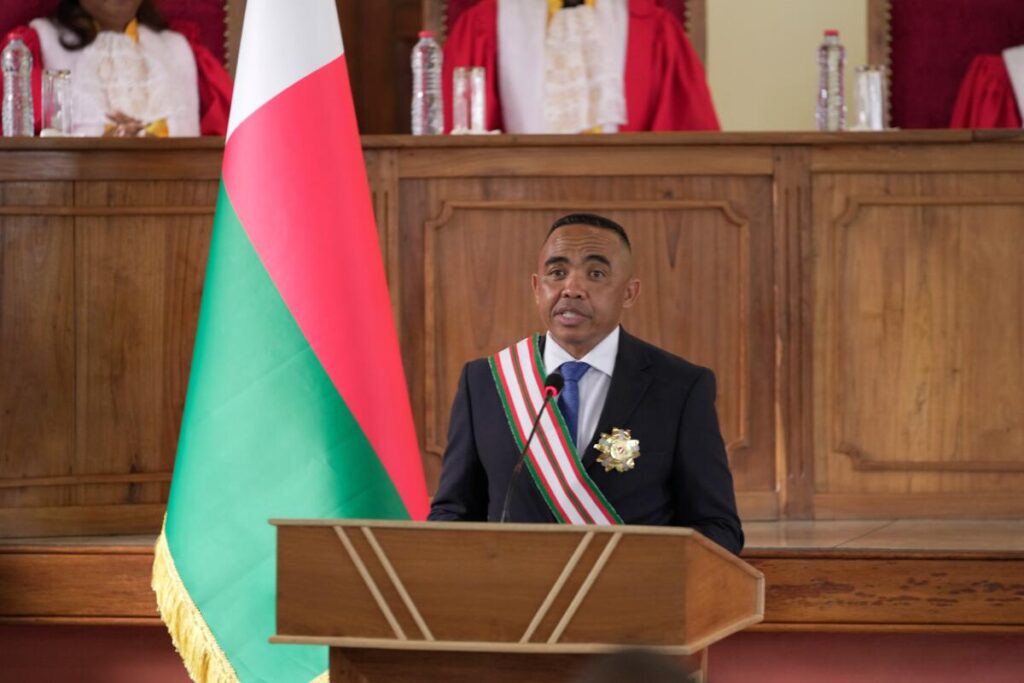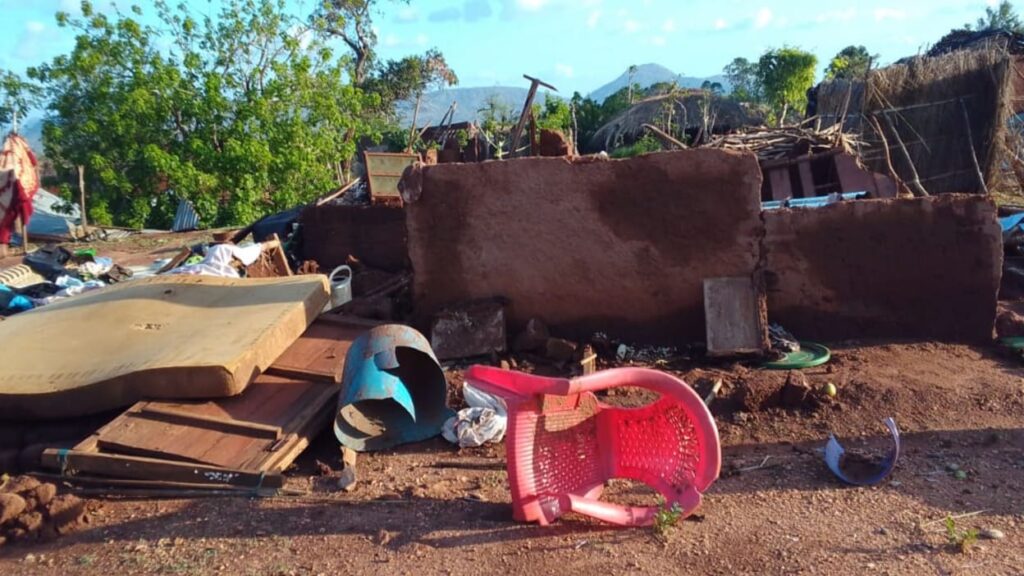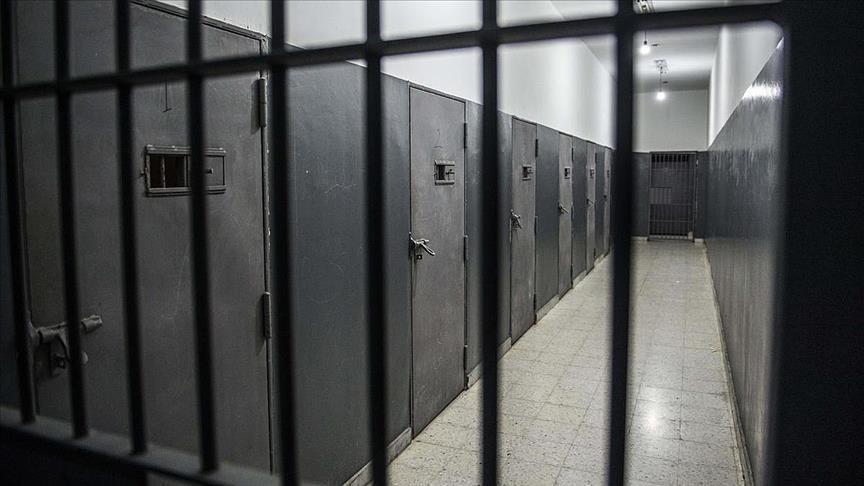
The Bijagos Archipelago off West Africa’s coast has been declared a UNESCO World Heritage site, recognising its remarkable biodiversity and cultural heritage.
This string of islands in Guinea-Bissau and surrounding turquoise waters shelters endangered green and leatherback sea turtles, manatees, dolphins, and over 870,000 migratory birds.
Poilao, a small island within the archipelago, is one of the world’s largest nesting grounds for green sea turtles, highlighting the area’s ecological importance.
The continuous coastal and marine ecosystems, including mangroves, mudflats, and intertidal zones, form a vital habitat for diverse aquatic life.
“This moment marks more than a decade of shared effort and commitment to protect this extraordinary place,” said Environment Minister Viriato Luis Cassama.
UNESCO Director-General Audrey Azoulay praised the archipelago as a rare ecosystem where local communities have preserved their traditions through centuries.
Besides its rich wildlife, the islands host rare plant species, diverse fish populations, and several sacred cultural sites tied to artisanal fisheries.
After an initial failed bid in 2012, the successful World Heritage nomination followed extensive scientific research and active involvement from local populations.
The Bijagos Archipelago was already a UNESCO biosphere reserve since 1996, now further protected and linked within a global network of heritage sites.
Spanning over 10,000 square kilometres, the archipelago includes 88 islands and islets, with only about 20 permanently inhabited, embracing a wild, vibrant marine world.
UNESCO’s recognition ensures stronger conservation efforts for this unique corner of West Africa, safeguarding both nature and culture for future generations.




